#elizabeth norton
Explore tagged Tumblr posts
Text
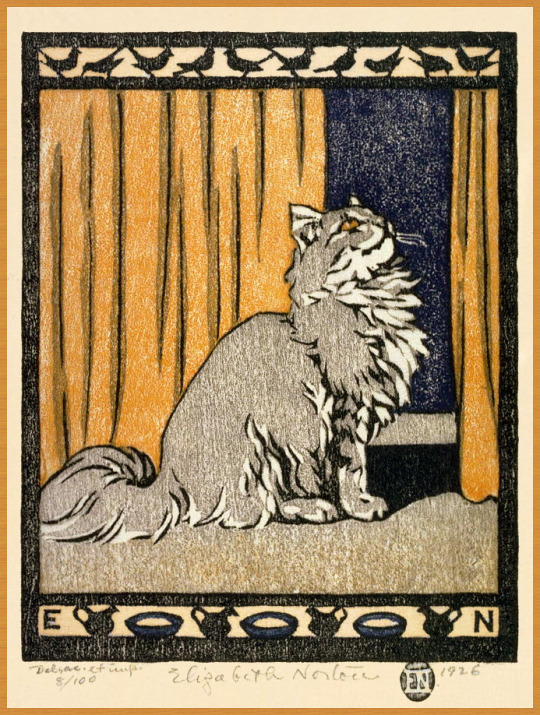

Elizabeth Norton. Little Grey Cat, 1926
Elizabeth Norton, Gentleman from Siam, color linocut, 1935
#elizabeth norton#art print#linocut#print maker#american artist#american art#animals in art#beautiful animals#cats#cats of tumblr#catblr#cat art#siamese cat#beautiful cats#art on tumblr#women artists#woman artist#pets#modern art#art history#aesthetictumblr#tumblraesthetic#tumblrpic#tumblrpictures#tumblr art#aesthetic#tumblrstyle#beauty
162 notes
·
View notes
Text
It has been suggested that Anne [Boleyn] was seen as 'particularly receptive to female petitioners'. She is known to have assisted her aunt, Katherine Howard, in her attempts to obtain a separation from her husband.
Anne Boleyn: In Her Own Words & the Words of Those Who Knew Her, Elizabeth Norton
88 notes
·
View notes
Text


😭🙌🏾
5 notes
·
View notes
Text
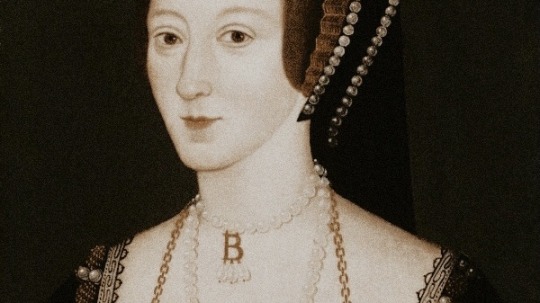

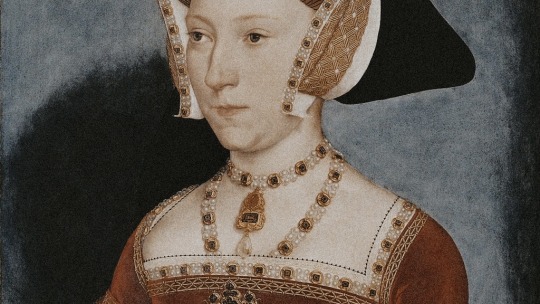

— Sir John Russel & Thomas Cromwell
#jane seymour#history#historyedit#anne boleyn#jane seymour henry viiis true love#elizabeth norton#not anti anne before anyone starts#i know how you guys are
62 notes
·
View notes
Text

elizabeth norton announcing another book where’s the jane seymour biography woman give the people (me) what they want
2 notes
·
View notes
Text
Books of 2024 #5
The Hidden Lives of Tudor Women by Elizabeth Norton
2 notes
·
View notes
Text
Whatever trades or occupations women's aspirations or needs led them to, there remained also the many domestic roles that women were expected to perform. And in an age when doctors were expensive, this included proficiency in preparing medicines for their families. Indeed, this was the first virtue of 'a complete woman', considered the writer Gervaise Markham in his 1615 tract on […] The English Housewife. He provided recipes for treating a wide range of disorders, from excessive sweating to headaches and the alarmingly named 'frenzy'.
The English housewife was, contemporaries considered, almost a doctor in her own home. Were one of her household struck down with a fever, she should take spoonfuls of rosewater, aquavite (an alcoholic spirit), running water, vinegar and the fascinatingly named dragon water, as well as half a spoonful of mithridate – a semi-mythical remedy that would be rather hard for the average Tudor woman to obtain – and beat them all together before offering it to the afflicted person. If a family member were to be troubled with a sore, she could make a poultice from elder leaves soaked in milk, and then strained, before boiling the concotion until it was thick.
For the dreaded 'frenzy' or inflammation of the brain, beetroot juice should be squirted up the nose in order to 'purge and clean [the] head exceedingly'. Ale could then be drunk, to which boiled violet leaves and lettuce were added to 'suddenly bring [the patient] to a very temperate mildness, and make the passion of the frenzy forsake him'.
— The Lives of Tudor Women (Elizabeth Norton)
#book quotes#elizabeth norton#the lives of tudor women#history#medicine#medical history#botany#family#mothers#housework#tudor period#britain#england#gervase markham#the english huswife#phrenitis#poultices#rose water#aqua vitae#dragon water#mithridate#sambucus
2 notes
·
View notes
Text
Monthly Reading Summary – June 2024

View On WordPress
#2024#Annie Garthwaite#Book#Charlie Fenton#Edward Marston#elizabeth norton#gareth russell#India Holton#julia fox#June#June 2024#Kazuo Ishiguro#Melita Thomas#Monthly Reading Summary#Monthly Summary#nathen amin#Reading Summary#Retha Warnicke#S J Bennett#s.j. bennett#Sarah Gristwood#Sharon Bennett Connolly#sj bennett#suzannah lipscomb#tracy borman
1 note
·
View note
Text



in sunshine and in shade
#caption is from a poem by Caroline Elizabeth Sarah Norton#edinbrugh#scotland#photography#nature#woods#photographers on tumblr
122 notes
·
View notes
Text

tw: cringe
part 3: Sept 2024. Many improvements made
#youtube#content review#hannah alonzo#fd signifier#kiki chanel#ashley norton#izzzyzzz#dangelo#yms#hailey elizabeth#hbomberguy#content
20 notes
·
View notes
Text
Round 3
Elizabeth Woodville &

King Baldwin iv

#edward norton#norton nation#norton era#ed norton#edward harrison norton#nortonverse#baldwin iv#the leper king#kingdom of heaven#rebecca ferguson#elizabeth woodville#the white queen#the Plantagenets#history
9 notes
·
View notes
Text
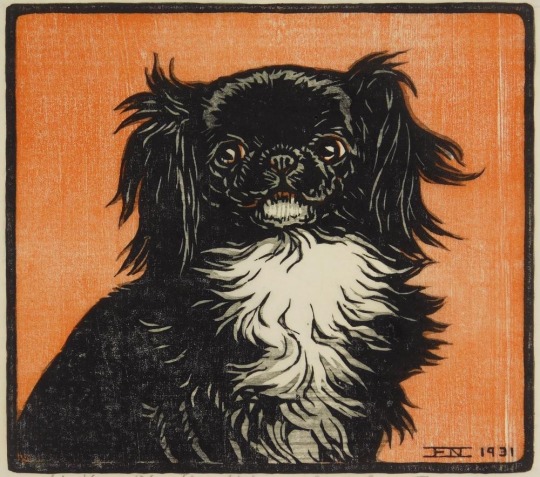
Elizabeth Norton
Chi-Ku
1931
#Elizabeth Norton#american artist#american art#printmaking#prints#dogs of tumblr#dogs in art#dog art#beautiful dogs#beautiful animals#sculptor#women artists#woman artist#art on tumblr#dogblr#modern art#art history#aesthetictumblr#tumblraesthetic#tumblrpic#tumblrpictures#tumblr art#aesthetic#tumblrstyle#beauty
33 notes
·
View notes
Text
In 1495, the king allowed his sister-in-law, Anne of York, to marry Surrey's son in fulfilment of the couple's long-standing betrothal. This was clear evidence of royal favour and Elizabeth [Howard], who by 1495 was of marriageable age herself, also saw her own prospects rise. [...] If Elizabeth was still unmarried in 1495 when her own brother married, she gained a new companion with the arrival of her sister-in-law, Princess Anne of York, who, under the terms of the marriage contract, was to live with her parents-in-law while her sister, the queen, paid an annual sum for her clothes and expenses.
The Boleyn Women, by Elizabeth Norton
12 notes
·
View notes
Text
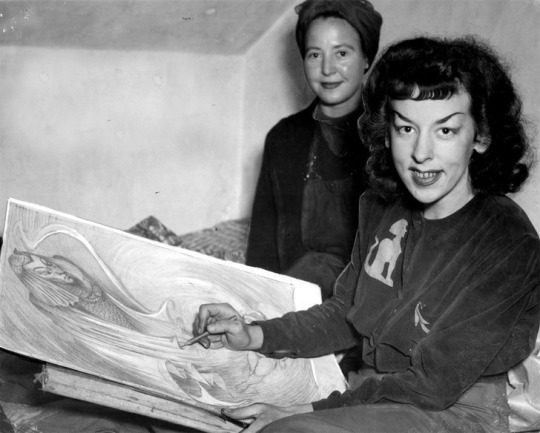
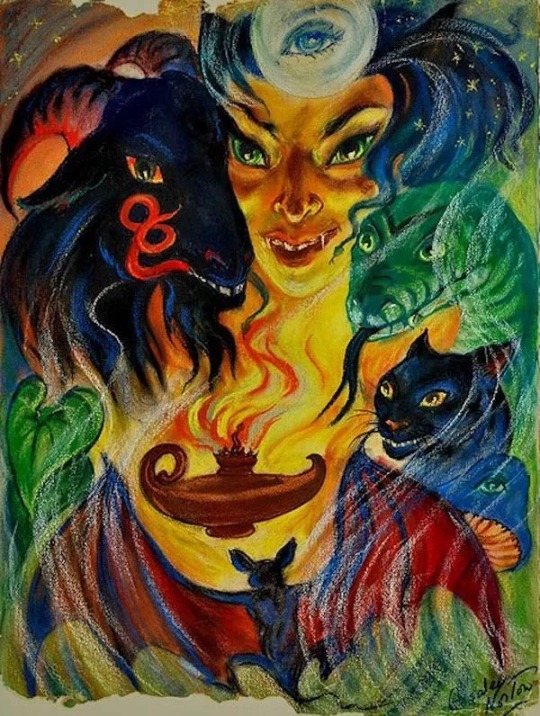
Lots of folks ask me about the process of putting together books that are chock full of imagery. Though the end result can be a treasure to behold, the journey along the way is often pretty frustrating! I wrote about this a few years ago using the example of one of the artists who is not in my book, The Art of the Occult, and all of the reasons that might be: The Art Of The Occult And The Elusive Rosaleen Norton.
#rosaleen norton#the witch of king's cross#the art of the occult#art in the margins#occult art#s. elizabeth
52 notes
·
View notes
Text
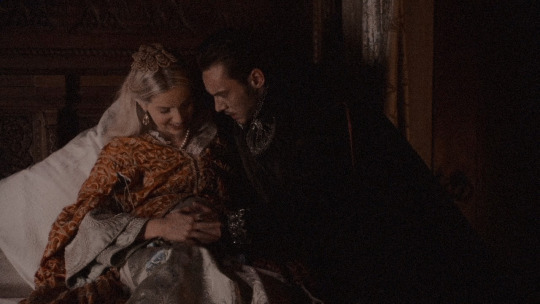

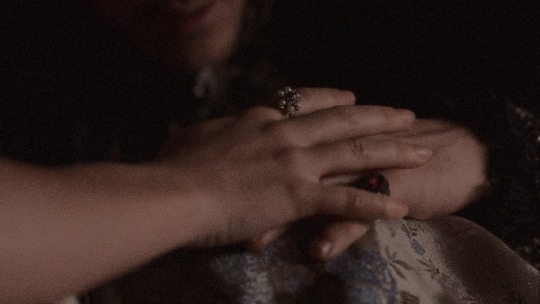
#jane seymour#henry viii#History#historyedit#tudorsedit#trinity sunday#1537#annabelle wallis#jonathan rhys meyers#the tudors#jane seymour - henry viiis true love#elizabeth norton#*
36 notes
·
View notes
Text
i am the cathy outside the window to norton’s heathcliff let me in it’s so cold outside with no academic literature about jane seymour let me innn
0 notes